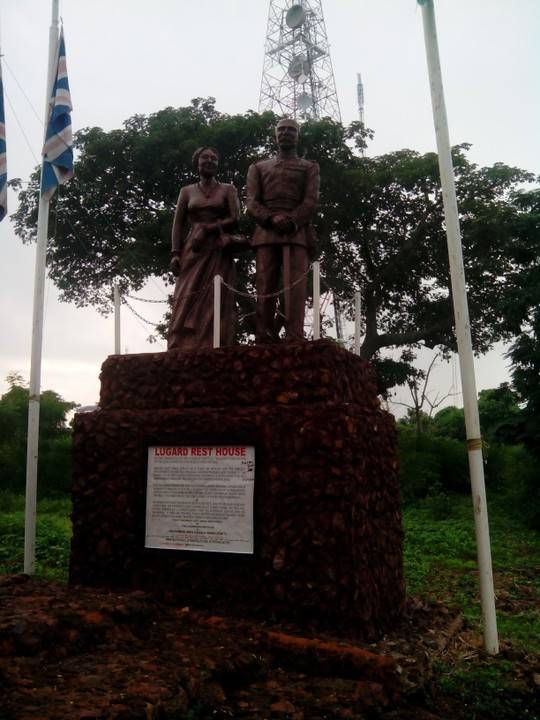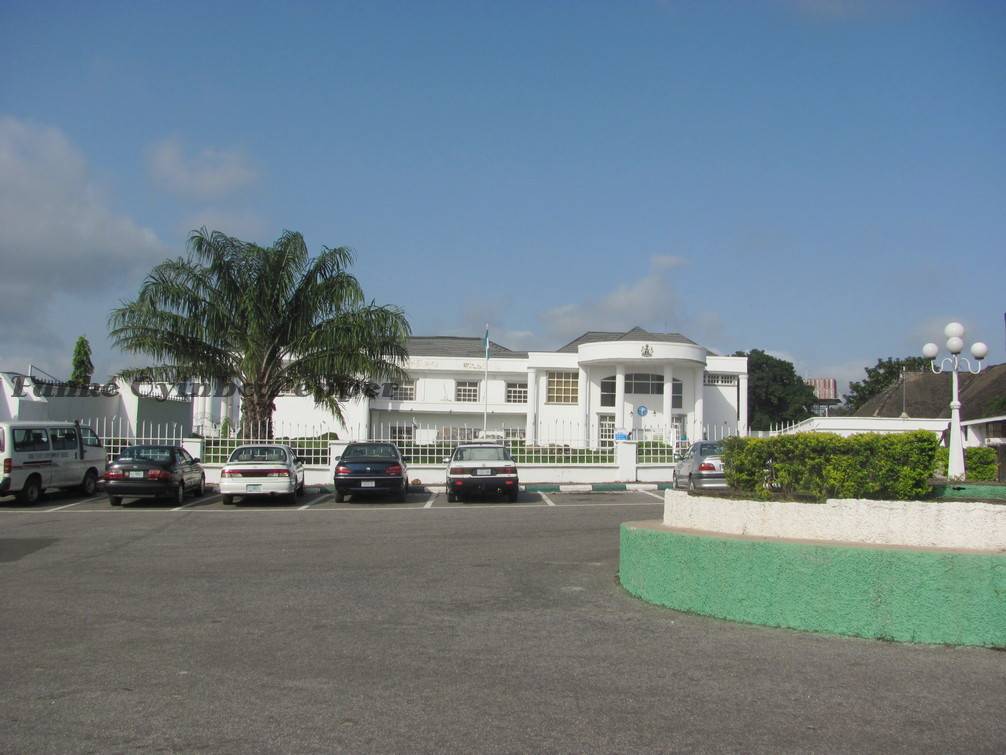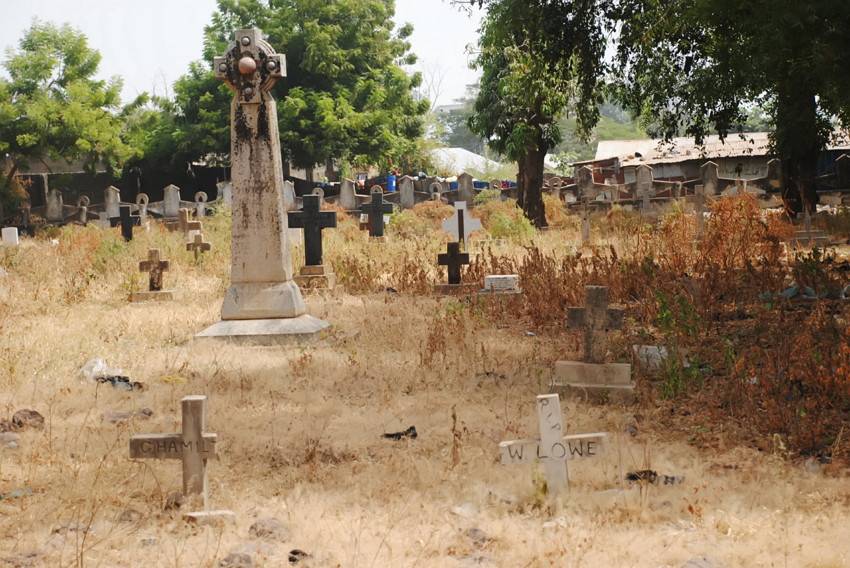Hotels.ng Blog
Explore the Best Places in Kogi
Search through 3 great places of interest and tourist attractions in Kogi

Recommended
-

Lord Lugard's Rest House
On landing in Lokoja, the then capital of the Northern Protectorate, Lord Lugard was so fascinated... Hotels.ng . 02 May 2017 -

Lord Lugard's Residence ...
Now hosting the State Government House, this was the first residence and office of the Lord Lugard... Hotels.ng . 02 May 2017 -

European Cemetery, Lokoja
The largest of its kind in Nigeria, this cemetery contains the remains of missionaries and Europea... Hotels.ng . 02 May 2017
Explore More Places in Kogi
-

Lord Lugard's Rest House
On landing in Lokoja, the then capital of the Northern Protectorate, Lord Lugard was so fascinated... Hotels.ng . 02 May 2017 -

Lord Lugard's Residence and Office
Now hosting the State Government House, this was the first residence and office of the Lord Lugard... Hotels.ng . 02 May 2017 -

European Cemetery, Lokoja
The largest of its kind in Nigeria, this cemetery contains the remains of missionaries and Europea... Hotels.ng . 02 May 2017
